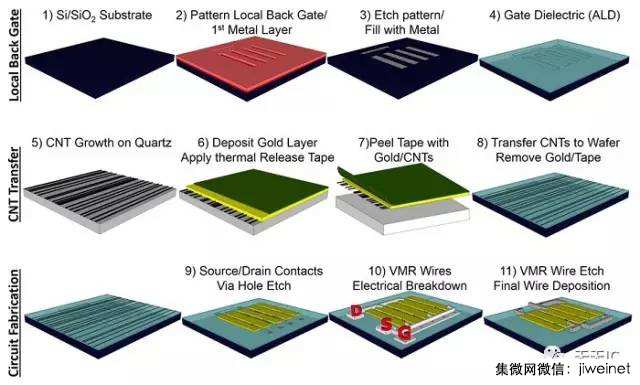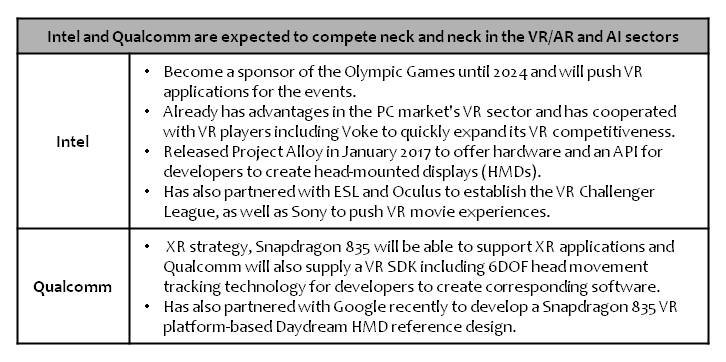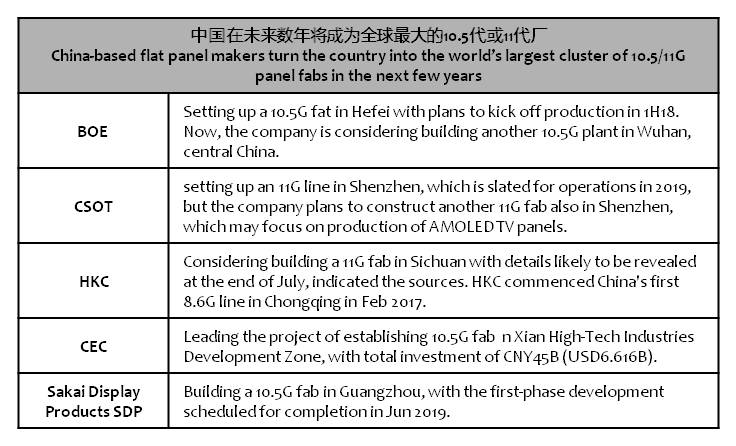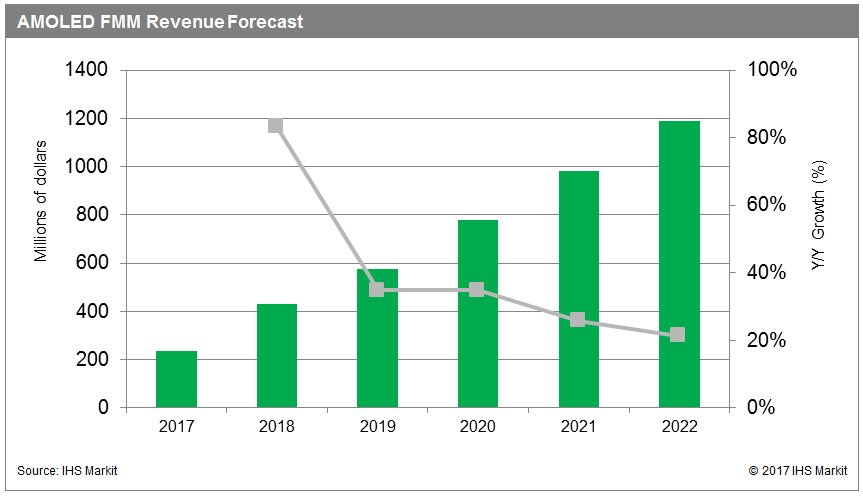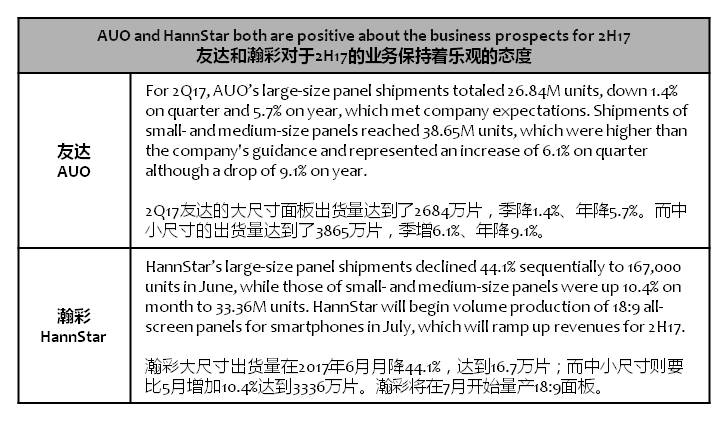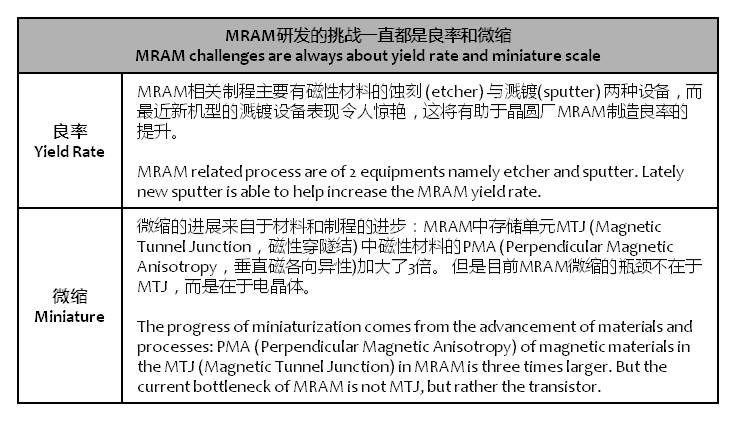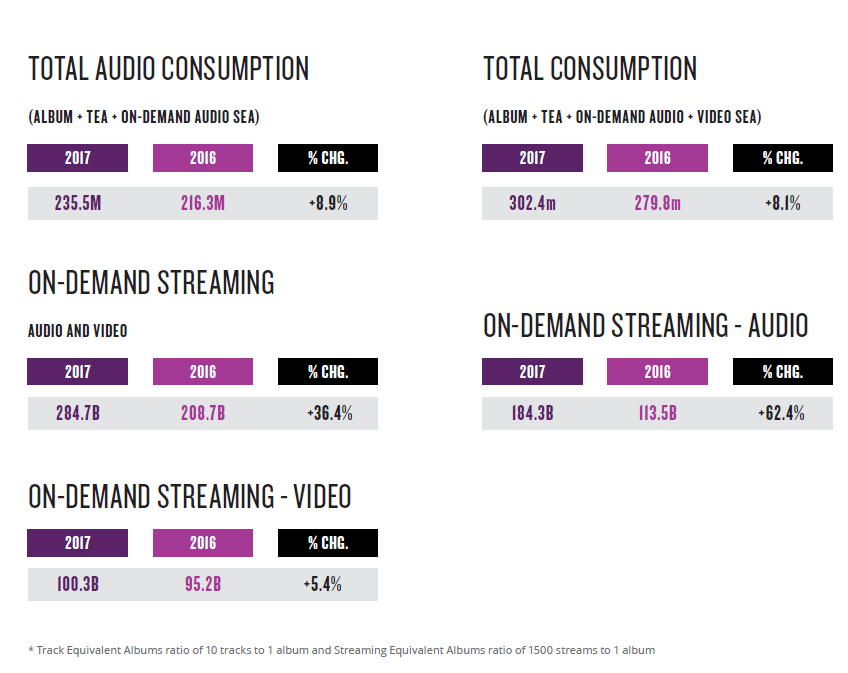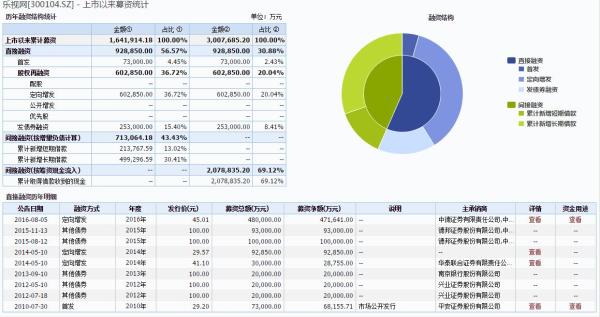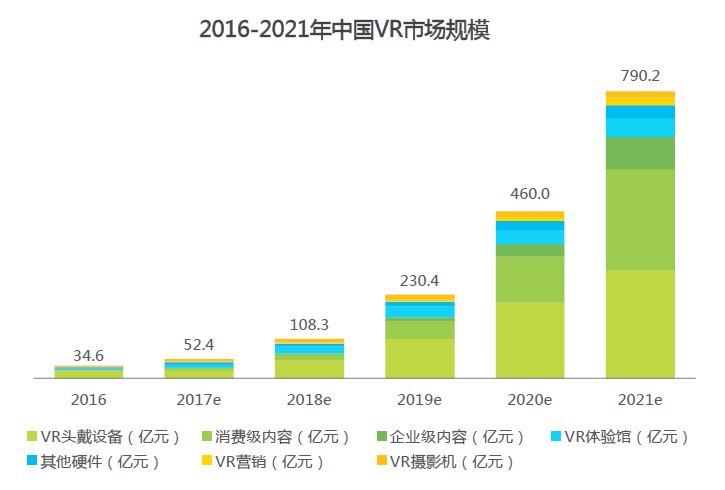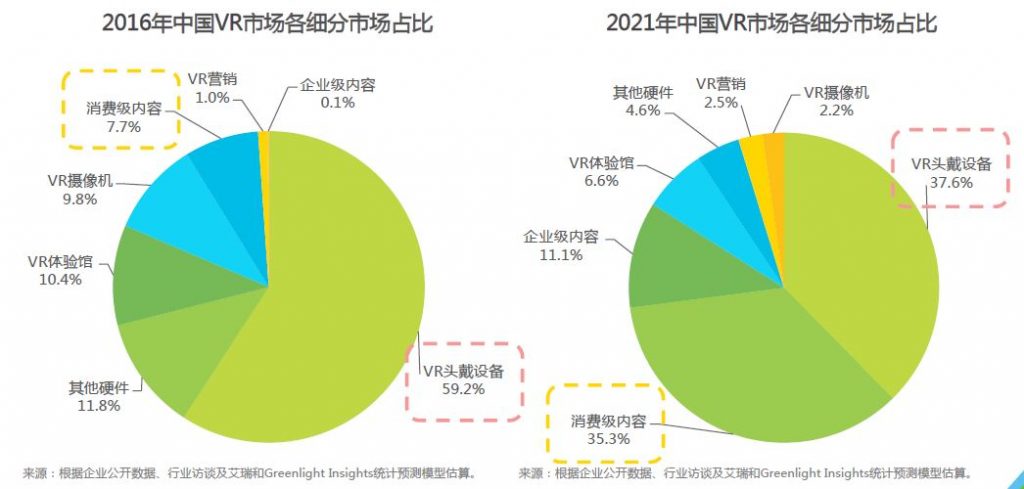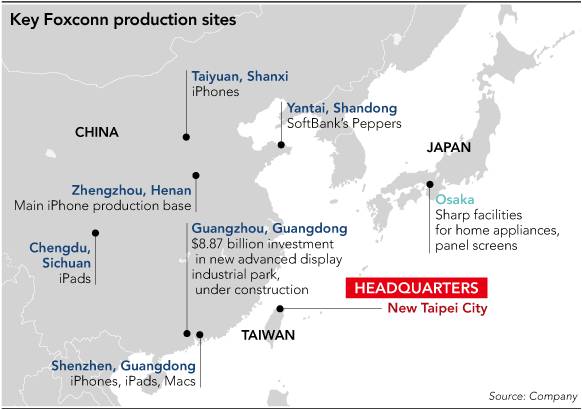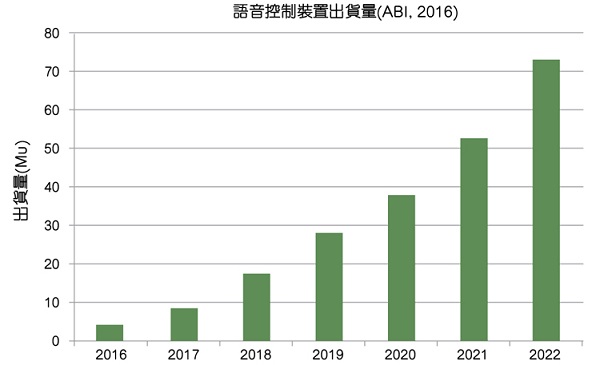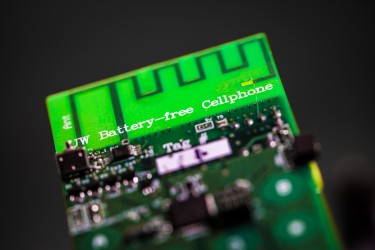
07-09: Intel and Qualcomm are expected to compete neck and neck in the VR/AR and AI sectors; China-based flat panel makers are drawing plans to turn the country into the world’s largest cluster of 10.5/11G panel fabs in the next few years; etc.
Chipsets
Rambus, a chip designer with a lengthy history of patent litigation, is allegedly considering a sale even as it has expanded its business to include sales of its own branded chips. (Laoyaoba, Bloomberg)
Stanford and MIT have developed a new prototype chip using multiple nanotechnologies with a new computer architecture. The chip uses carbon nanotubes — sheets of 2-D graphene formed into nanocylinders — and resistive random-access memory (RRAM) cells, a nonvolatile memory that operates by changing the resistance of a solid dielectric material. (Laoyaoba, Electronics 360, Techspot, Nature, MIT)
Intel and Qualcomm are expected to compete neck and neck in the VR/AR and AI sectors as the two companies have continued to enhance their deployments in these areas. (Digitimes, press, Laoyaoba)
Touch Display
According to Digitimes Research, China-based flat panel makers are drawing plans to turn the country into the world’s largest cluster of 10.5/11G panel fabs in the next few years, with total capacity far beyond their peers in Korea, Japan and Taiwan. (Digitimes, press, EE World, 52RD)
As AMOLED displays quickly displace LCDs in smartphones, panel makers are rapidly adding new production capacity accelerating demand for fine metal masks (FMM), a critical production component used to manufacture RGB AMOLEDs. The FMM market is forecast to grow at a CAGR of 38% from USD234M in 2017 to USD1.2B in 2022, according to IHS Markit. (IHS Markit, press, Digitimes, KK News)
Flat panel makers AU Optronics (AUO) and HannStar Display both are positive about the business prospects for 2H17, driven by traditional peak-season effects as well as steady supply and demand. (Digitimes, press)
Memory
Magnetoresistive Random Memory (MRAM) is one of the newest memories for the wafer manufacturing industry. The challenge of MRAM research and development has always been yield rate and miniature. (Laoyaoba, Digitimes, press, EE World)
SK Hynix and Toshiba have both experienced lower-than-expected yield rates for their 3D NAND technologies resulting in fewer supplies for Apple’s 2017 series of iPhones, according to Digitimes. The overall supply of NAND flash chips for the upcoming iPhones has fallen short of demand for the devices by as much as 30%. Apple has turned to Samsung for more NAND chip supplies. (Digitimes, press, New Mobile Life)
Battery
University of Washington researchers have invented a cellphone that requires no batteries — a major leap forward in moving beyond chargers, cords and dying phones. Instead, the phone harvests the few microwatts of power it requires from either ambient radio signals or light. (Laoyaoba, Mashable, TNW, Washington University)
Google and the energy provider in The Netherlands Eneco said Google will purchase all the electricity generated by the largest solar park in the Netherlands over the next decade to power a recently opened data center housing thousands of servers. (Laoyaoba, Recharge News, Reuters, Silicon UK)
Smartphones
According to Nielsen’s mid-year report, which focuses only on the U.S. market, streaming hit a high point of 7.5B weekly on-demand audio streams during the week ending 9 Mar 2017. The term “audio” also includes non-music streams like spoken word recordings and podcasts – the latter of which has also seen rapid growth. (Nielsen, report, TechCrunch)
From Nov 2016, LeEco is facing financial crisis, even though there is help from some parties (with about CNY15B funding), it is not sufficient. Wind data shows that LeEco’s LeShi has already gathered CNY30B funding, including direct funding of CNY9.28B and indirect funding of CNY20.78B. According to the unofficial data from The Paper, LeSee, LeEco mobile, etc. are the divisions that really spend money. (Laoyaoba, The Paper, article, iFeng)
Wearables
Sales of VR devices, content and related services in the China market are expected to grow by a CAGR of over 80% from CNY10B (USD1.47B) in 2018 to CNY79.02B in 2021, according to iResearch. Sales of VR content, which currently accounts for the smallest portion of the VR industry, will grow by a CAGR of 163.4% to CNY38.64B or nearly 50% of the VR market in 2021. (iResearch, report, Digitimes, press)
NTT DoCoMo announced that by collaborating with the Japanese VR technology company Cross Device, they have developed an APP and cloud management server that provide a VR service for the finance and government. (Digitimes, Laoyaoba)
Internet of Things
Foxconn chairman Terry Guo is also seeking to expand his empire by developing brand name products through acquisitions and internal projects. Sharp is helping Foxconn to achieve that ambitious goal with its wide range of home appliances and large-size TVs. Nokia, which once dominated the global mobile phone market, now has an indirect licensing deal with Foxconn via a third party. (TechNews, Asia Nikkei, article)
Shahin Sadeghi, marketing director at Microsemi believes that in the future users will not need to touch any switches or display to interact with a smart home. ABI Research predicts almost 75M smart/IoT speakers will ship in 2022, 46M of which will be digital assistants. (Laoyaoba, EET Taiwan, IoT Solution Provider)
Ofo, one of China’s USD2B-valued bike-sharing companies, has announced that it raised a USD700M Series E funding round led by e-commerce giant Alibaba, Hony Capital and CITIC Private Equity. Existing backers, including ride-sharing firm Didi and DST Global, also took part. (TechCrunch, Sohu, Forbes China, Sina)

